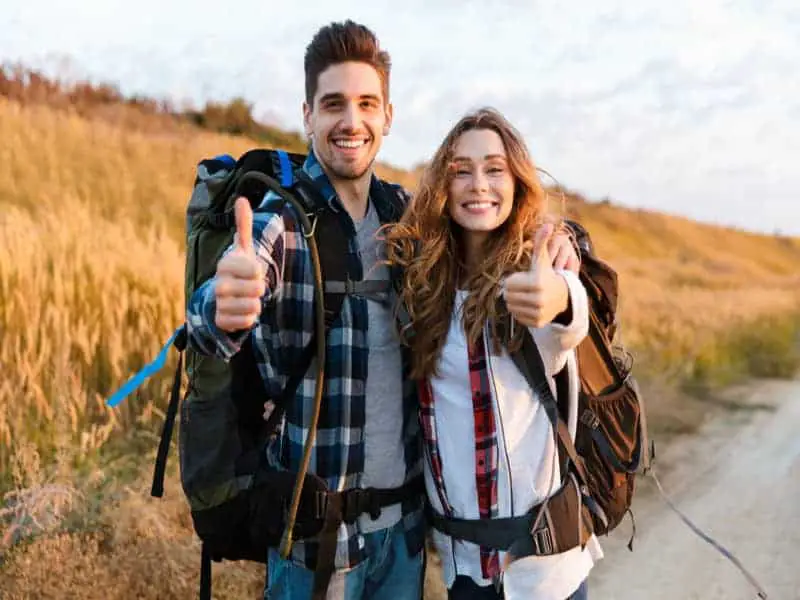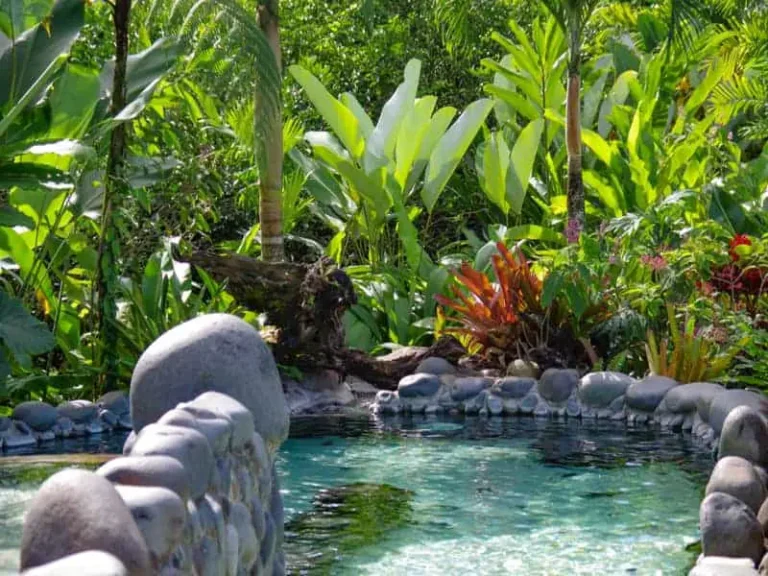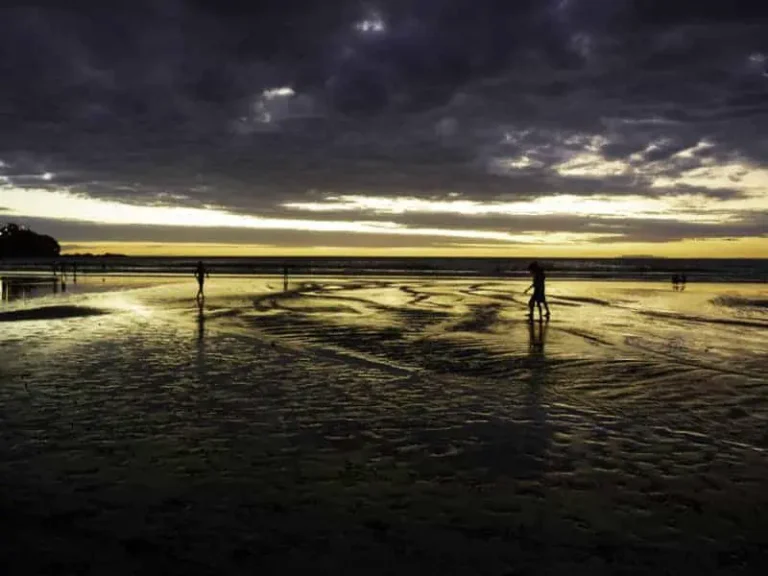Things You Should Bring on Every Hike
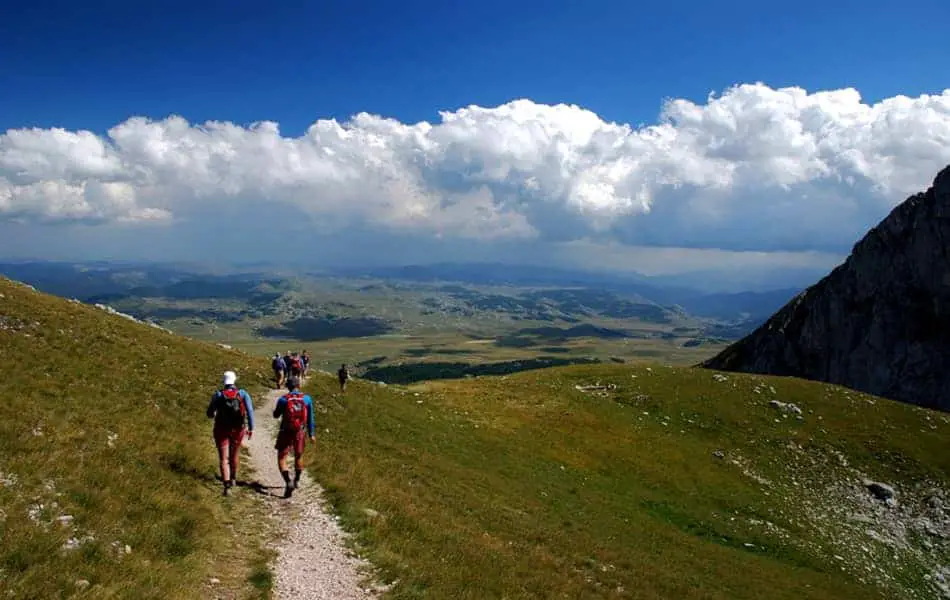
Hiking is the most popular outdoor activity for all ages and for people from any corner of the globe. Going on a hike with friends and family can be a very delightful activity.
Whether you’re going on a summit or hiking somewhere close to home, there are lots of places available. There are several destinations, national parks, beaches, and forest walks that provide broad areas for trails and hiking activities. Hiking is the
Some people who didn’t grow up hiking may not see the relevance or need. Others are probably scared of heights, rough terrain, bumpy trails and allow fear to get in the way.
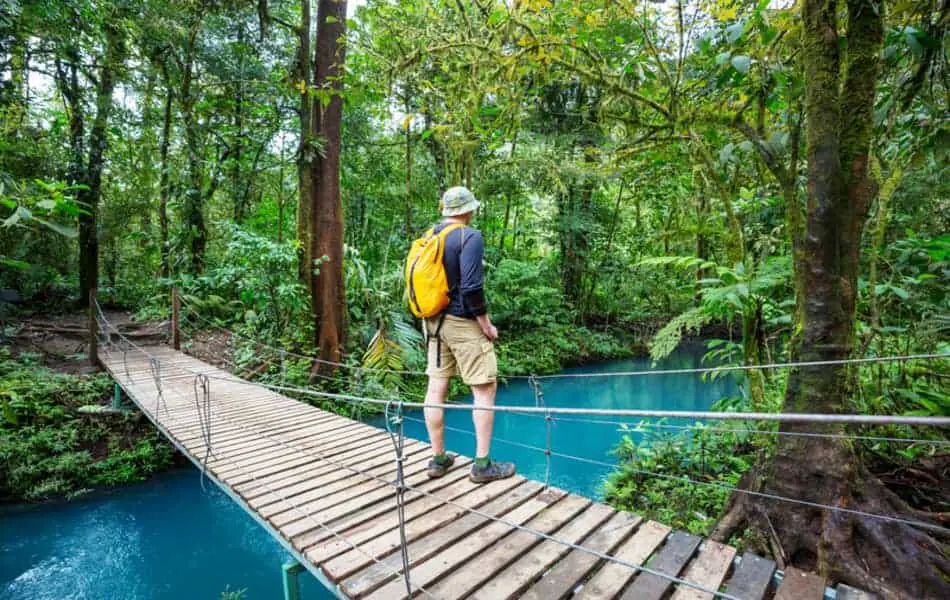
But when you can come out of this fear zone, hiking has a lot of benefits. It helps to rid stress, clear the mind, train the brain to cope with dreadful situations and make you prepared for every problem, build courage to fight fears, enhances sleep and relaxation, and most importantly, makes one happy.
We are not denying that there are potential risks associated with hiking, but none that can’t be prevented or abated. Therefore, it’s very important that you carefully choose the things you bring on a hike because they could be the difference between a minor accident and a major incident some time resulting in an unpredictable setback like death.
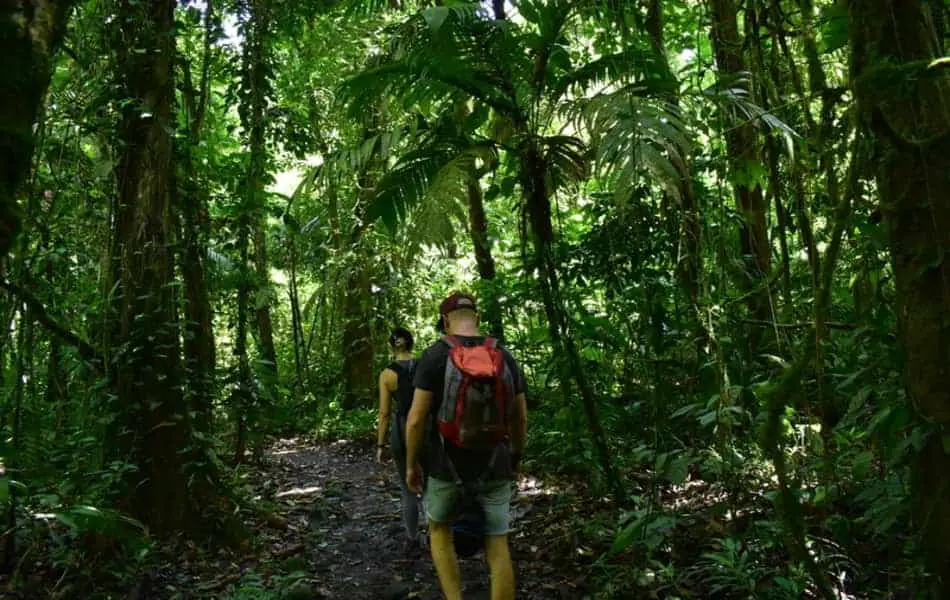
This is particularly important for first-time hikers, as they should do all they can to ease their hiking experience. Packing the essential lists and being well prepared can help you prevent your hike from being ruined. Regardless of the type and duration of hike, there are some essentials tools and packing lists that are very crucial for comfort and protection during the hike. So, with this in mind, let’s look at a list of things you should bring on every hike to ensure the peace of mind.
Ready to dive in? Let’s go
Hiking essential checklists
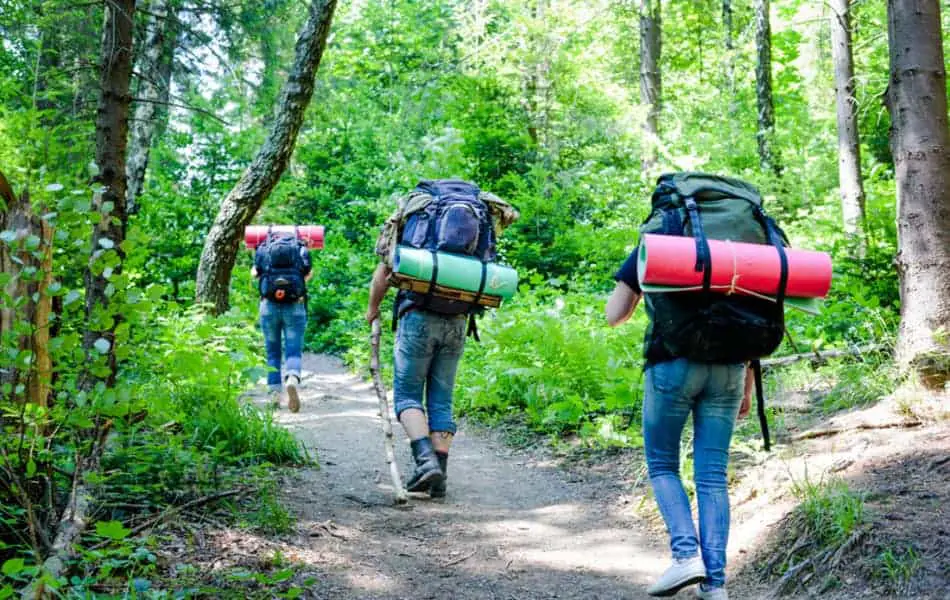
- Hiking backpack
- Hiking boots or shoes
- First aid kits
- Compass, map and navigation tools
- Plenty of hydration supplies
- Sun protection
- Source of light
- Repair tool
- Nutrition
- Emergency shelter
Hiking backpack
A great hiking backpack makes sure that you have the right amount of space for all the essential supplies for your hike and at the same time won’t burden you with extra loads.
Hiking backpacks are important to carry kinds of stuff that you frequently and essentially need during the hike like water, food, extra clothing, and other necessary tools, kits and daily commutes.
Hiking Shoes
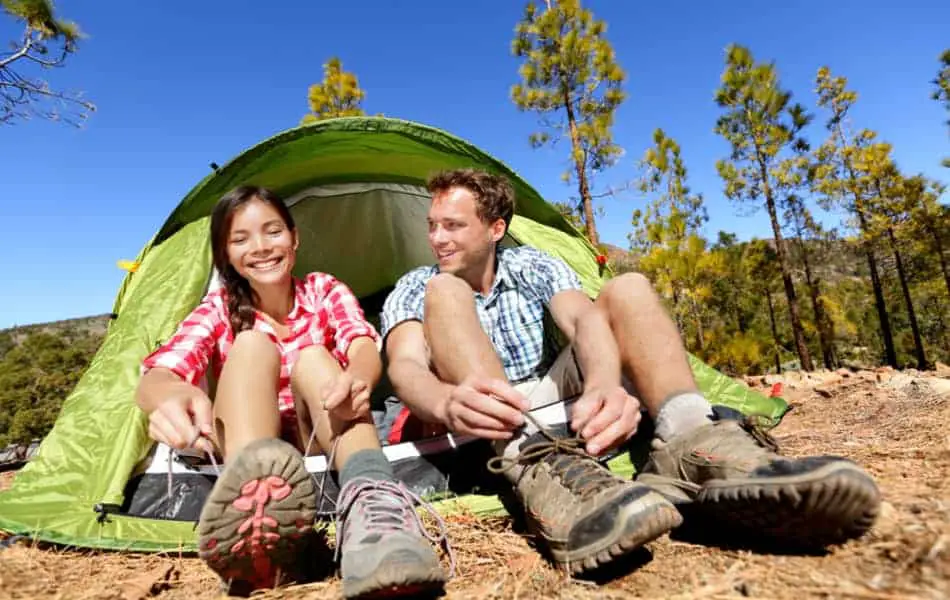
You don’t want to mess with rocks, gravel, and debris on the trail when on a hike. Hiking boots will help you hike comfortably. It protects your feet and ankle from injuries, cuts, and keeps your feet all clean. At times the trail can be muddy, dirty, and covered in roots and rocks. Having a hiking shoe pair will make your hike hassle-free by providing comfort and protection to your feet.
First-aid supplies
You probably have a good idea of why you need first aid supplies. When traveling or engaging in fun but risky adventures, it’s wise to carry supplies.
To avoid the stress of putting each item one after the other as a first-time hiker, you can easily purchase a pre-packed first aid box. It comes with all you need to manage minor ailments. As you become comfortable with hiking, you can remove the unnecessary items in there, but it’s recommended you leave them in cases of necessity.
Compass and map for navigation

What makes an adventure sweet and exciting? The idea of mystery!
You’ll most likely need a compass for navigation and, probably, a map. The beautiful thing about compasses is that they’re lightweight, affordable, and durable. They can’t run out of batteries. If you go hiking in the mountains and can’t find your way back, a map can come in handy.
However, it’s not just enough to have a map or compass. They would be useless if you can’t use them. So, as part of your pre-hiking preparation, learn to use maps and compasses properly to save yourself in the day of trouble.
If you can’t get a map or compass, your phone can come in handy. Just learn to read it properly.
Hydration supplies
Human beings can’t survive for long without water.
It’s so important that you hydrate yourself on the trail. Your body requires water to keep parts of the body functioning properly. It can heat you up when you’re cold, cool you down when hot, and generally keep the muscles working to help you prevent injury when you hike.
The recommended amount of water each person going on a hiking spree is 4 liters (one gallon). Let them be accessible in hydration bladders or water gallons so that it will be easier for you to drink when hiking.
Sun protection
There is no better time to protect yourself against the sun’s rays than when you’re hiking. Overexposure could lead to slight or severe skin problems depending on the sensitivity of your skin.
There’re some days when the weather might look cloudy, as though it will rain soon, but you should still make provision for sun protection items. Due to climate change and global warming, the weather has become extremely unpredictable in these times.
What do you need?
SPF Lip balm, sunscreens, sunglasses, protective clothes, brimmed hats, etc. You wouldn’t want to deal with little issues like a bleeding cracked lip.
Source of light
Always make provision for a source of light, even though you’re not planning to stay out late. This is because a hike could take longer than you planned, and you wouldn’t want it to escalate to a bad situation beyond your control.
Headlamps are pretty affordable, but make sure you test it before using to avoid complications. If your hike takes long, you won’t be scared of finding your way back in the dark. If you can’t get a headlamp, make sure your phone is fully charged and its light source is bright.
Repair tools
Something could go wrong, and you won’t want to be in a vulnerable position.
Simply get a basic lightweight repair and multi-tool equipment when going on a hike. You’d be shocked at how handy a small multi-tool knife can be when there is a problem. You can also use tenacious and duct tapes to repair slight problems in our gear.
For those wondering what the difference between tenacious and duct tapes is, duct tapes are general multi-purpose repair tools used for fixing minor issues like damaged sunglasses and broken tent poles, while tenacious tapes are often used to repair tent fabric tears, sleeping pad holes, and other related things.
Nutrition
How come, “I am not seeing food on this list. What if I hike for long hours? Am I going to stay hungry throughout the day till I get home?”
Absolutely not.
During your pre-hiking preparation, you are strongly advised to carry enough calories to maintain your strength on long-activity days. You can carry high-calorie snack bars, nuts, or dried fruits. If you’re going for a weightier lunch, check out your dietary plan and see what works for you.
If your hiking experience is going to take longer, consider more calorie-dense foods.
Emergency Shelter

Depending on how far your preferred hiking location is from your house, you may need to take emergency shelter in case of… ‘emergencies’.
If you’re going on a multi-day hiking spree, then you’d obviously include shelter in your arrangements. But if it’s for one day, it’s recommended that you take a lightweight emergency shelter, so that if your hiking takes longer than expected and you can’t go home, you’d have something to fall back on.
How do I choose the right gear for the hike?
Get in touch with the professionals who can help you choose the right gear and accessories. When shopping online, make sure to go through the reviews and recommendations thoroughly. Read the advice and tips from pro hikers and professional travelers. Be prepared-Better safe than sorry!
Bonus Tips for a successful hike
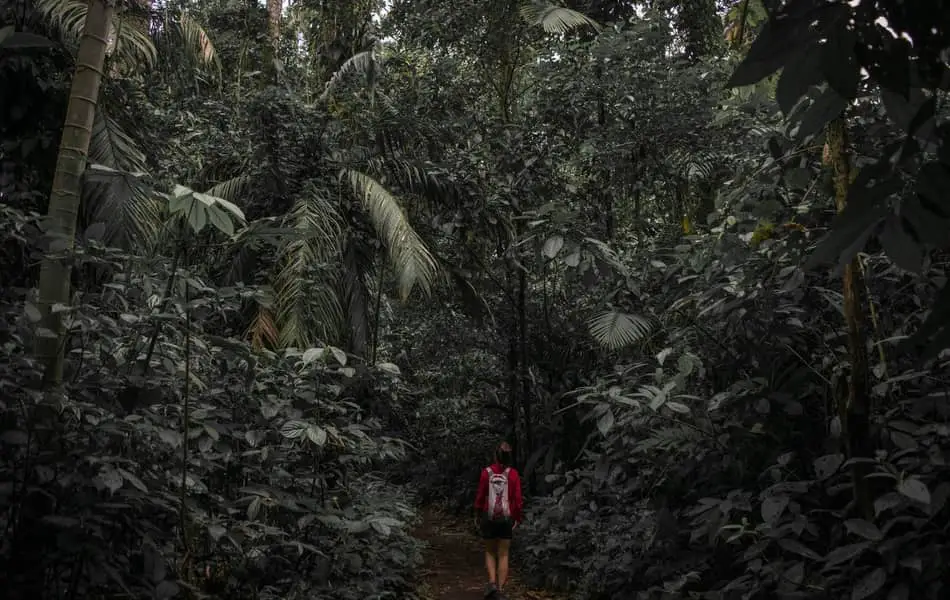
- Don’t push yourself past your limit. Keep it consistent and gradual
- Keep eating something and frequently sip water even if you’re not hungry
- Keep an eye on the trail. Never take shortcuts. Understanding where you are and where you are going.
- Share your hiking plan with your closed ones so that they have an idea of where you are going.
- Google and learn some essential survival skills before you go out
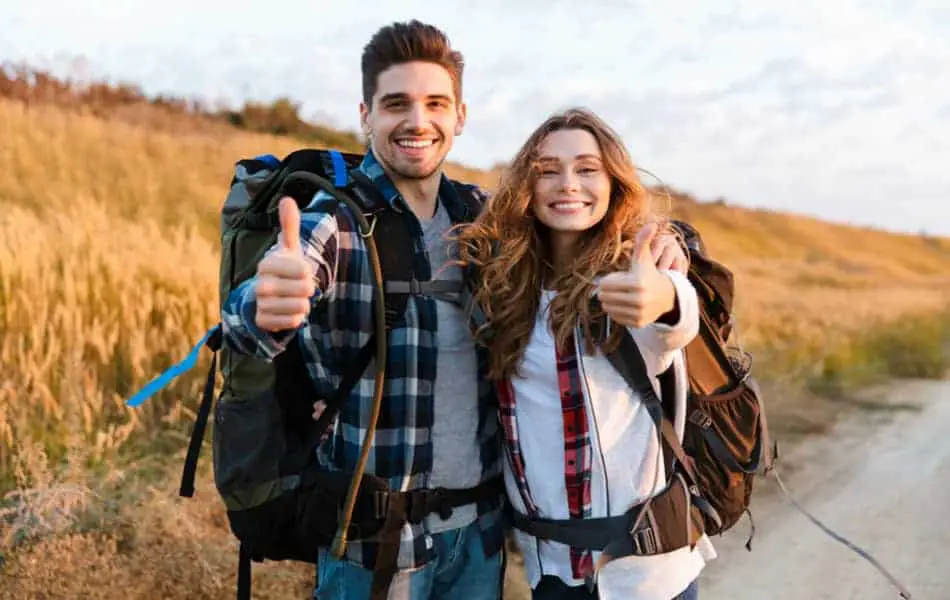
Happy hiking. CHEERS!

